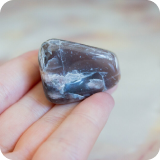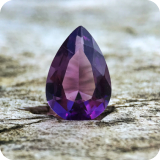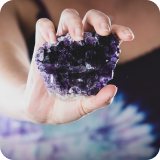- Criteria for Weight in Crystals
- Top Heaviest Crystals and Minerals Around the World
- Notable Record Holders
- Mining and Extraction of Massive Crystals
- Role of Heaviest Crystals in Science and Industry
- Myths, Legends, and Cultural Significance of Large Crystals
- Conclusion
The vibrant colors, distinctive shapes, and shiny surfaces of crystals and minerals make them enchanting. Nevertheless, certain crystals are even more extraordinary because of their immense size and weight. These large crystals draw in collectors, scientists, and enthusiasts of crystals. The incredible size of these items makes them valuable finds that showcase the stunning beauty found in nature.
The most massive crystals may weigh tons and require millions of years to develop. Geologists examine these big crystals to gain knowledge about the Earth and the process of rock and mineral formation. Collectors feel like they are holding a piece of Earth’s history when they own a big crystal. These remarkable crystals demonstrate the process of mineral formation occurring deep within the earth.
A crystal’s weight can make it rare and valuable. The more substantial the crystal, the more specific the conditions must be for it to develop. For instance, large minerals such as quartz and beryl require ideal environments to grow without fracturing. These large crystals are valued because of their rarity. Their appeal goes beyond looks, as they are seen as symbols of time and natural power.
Some people also believe that bigger crystals have stronger energies because of their size and density. While this idea is not proven, it makes these large crystals even more mysterious and special. Whether for science or personal enjoyment, the world’s heaviest crystals offer a mix of beauty, history, and mystery that keeps people interested and amazed.
Criteria for Weight in Crystals
Weight in crystals is measured by looking at their mass and density. Mass tells us how much matter is in a crystal, which is found by weighing it. Density measures how tightly packed this matter is, which can make some smaller crystals feel heavier than larger ones. Understanding both mass and density helps explain a crystal’s weight.
A crystal’s mass depends on its composition, density, and size. Composition means the minerals and elements inside, such as silicon or iron. Crystals with heavier elements, like iron, feel denser than those with lighter elements, like calcium. Density is important too; crystals that are tightly packed, like hematite, are heavier for their size compared to less dense crystals, like quartz. Size also matters—larger crystals naturally weigh more.
How a crystal forms can change its weight and structure. Crystals grow in unique shapes and patterns, which affects their weight. Some crystals have hollow spaces or form in layers, making them lighter than solid ones of the same size. Factors like pressure and temperature also impact how atoms pack together, influencing the crystal’s weight. This means that even crystals of the same type can vary in weight based on how they form.
Top Heaviest Crystals and Minerals Around the World
1. Baryte
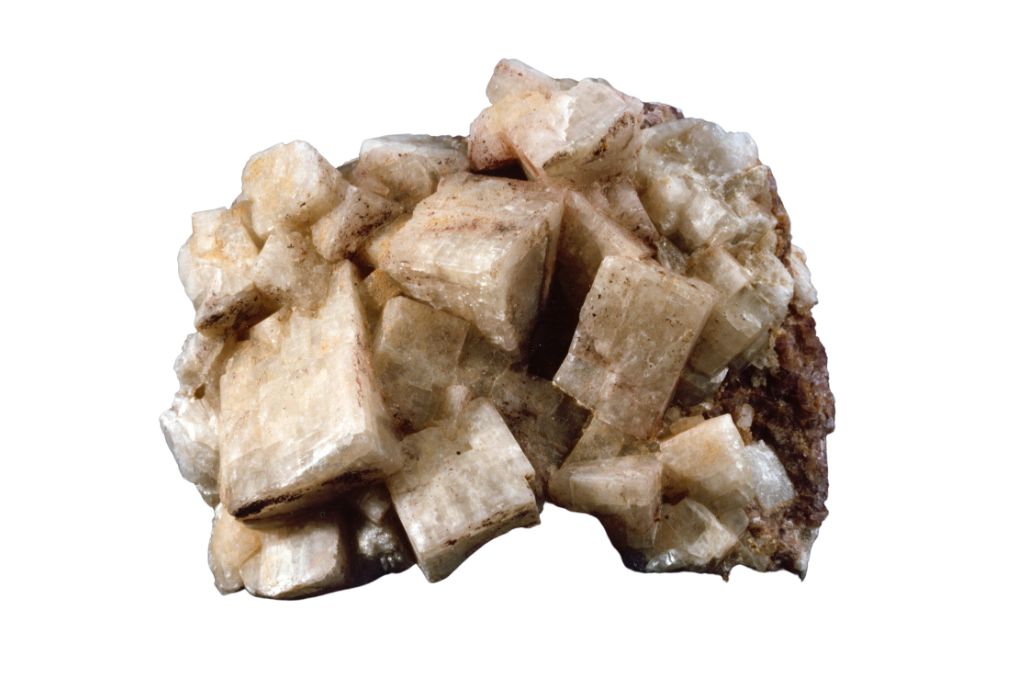
Baryte is a mineral made mostly of barium sulfate and usually forms in sedimentary rocks. It often comes from hydrothermal veins and can be found in places like limestone.
With a high density of 4.5 g/cm³, baryte is important for drilling fluids used in oil and gas exploration. Its weight and chemical properties also make it useful for making barium compounds.
A distinct characteristic of baryte is its ability to come in various colors like white, yellow, and blue while also typically having a glossy finish.
2. Galena
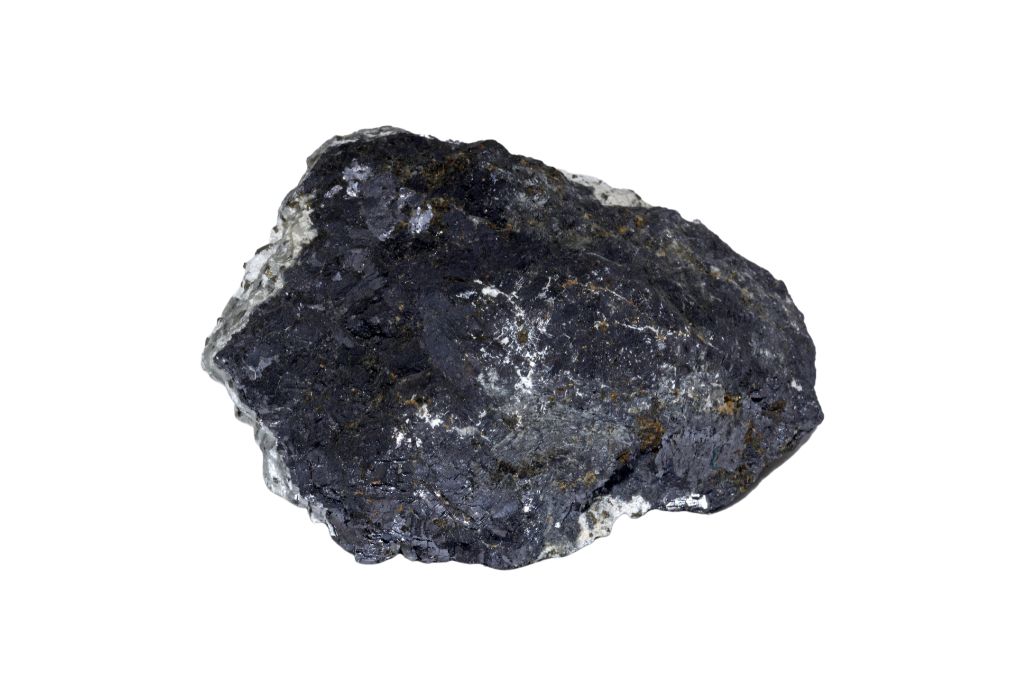
Galena consists primarily of lead sulfide and has a cubic crystal formation, making it easily distinguishable. It is frequently discovered in hydrothermal veins alongside substances such as sphalerite and fluorite.
Common places to find Galena include Missouri and Peru, where it is mainly mined for lead. It is also used in electronics and for radiation shielding.
One interesting feature of galena is its high density, which can be up to 7.5 g/cm³, making it one of the heaviest minerals.
3. Uraninite
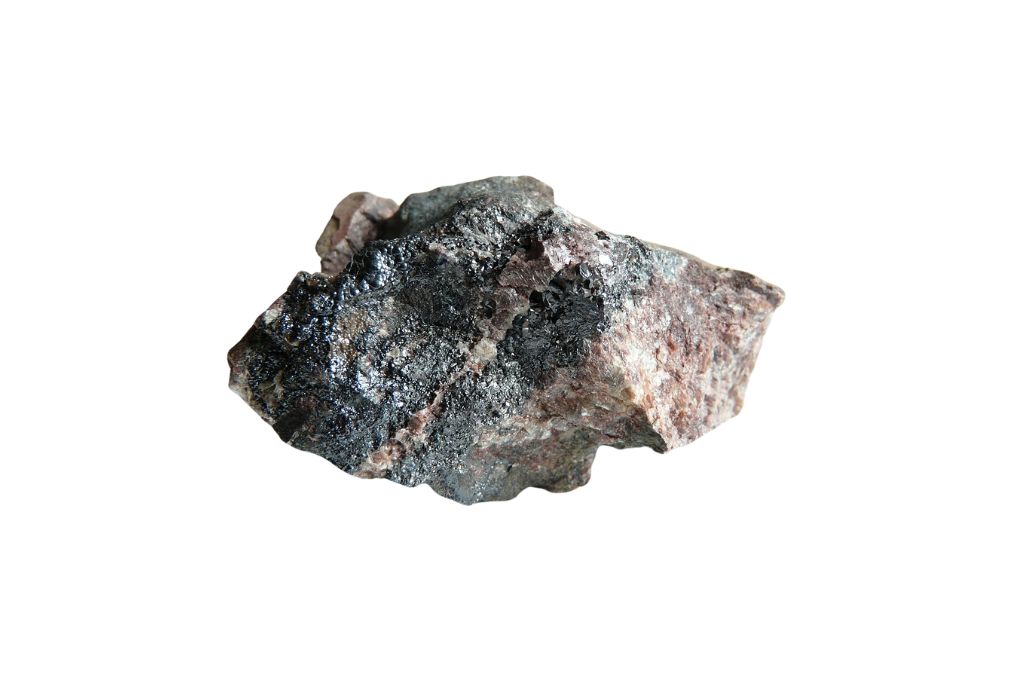
Pitchblende, another name for uraninite, is mainly made up of uranium oxide and commonly develops in granite rocks. It stemmed from the radioactive decay processes that occurred for millions of years.
With a density of 8-10 g/cm³, uraninite is notable for its radioactivity and is used as a source of uranium for nuclear power. Its unique properties also make it important in geology and environmental studies.
Notable features include its black-to-brown color and a high degree of radioactivity, which can pose safety concerns.
4. Bismuth
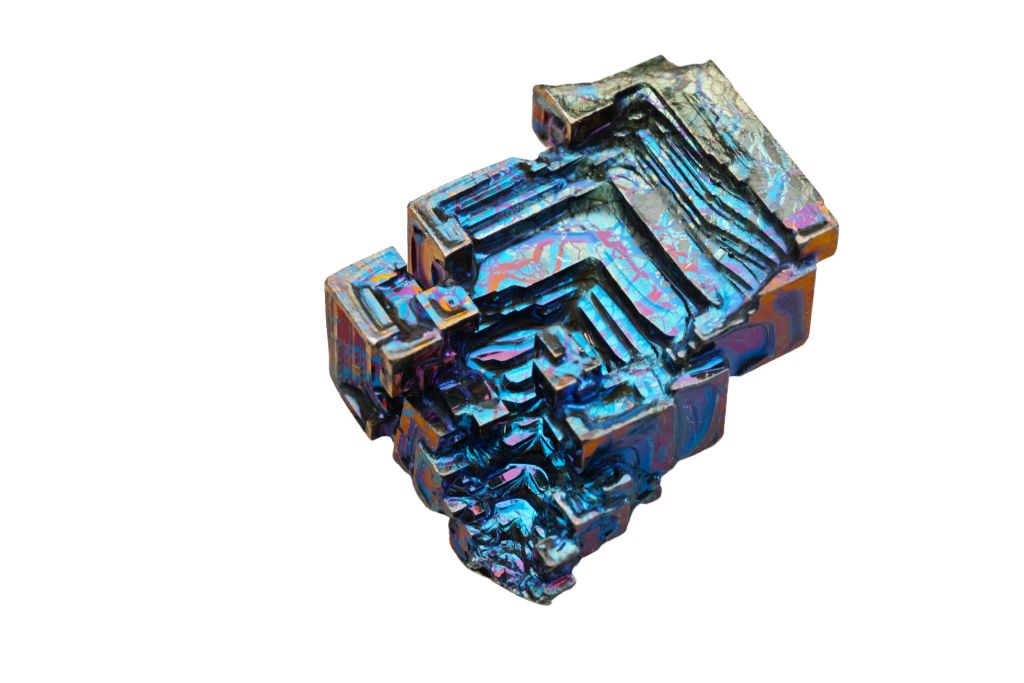
Bismuth is a heavy, brittle metal that occurs naturally in hydrothermal veins and can be found in association with other minerals. Its unique formation often leads to spectacular crystal structures.
With a density of around 9.78 g/cm³, bismuth is used in pharmaceuticals and as a replacement for lead in some applications. Its weight contributes to its effectiveness in various industrial processes.
Mineral enthusiasts find bismuth attractive to collect because of its vibrant iridescent crystals and intricate formations, making it popular among collectors.
5. Cinnabar
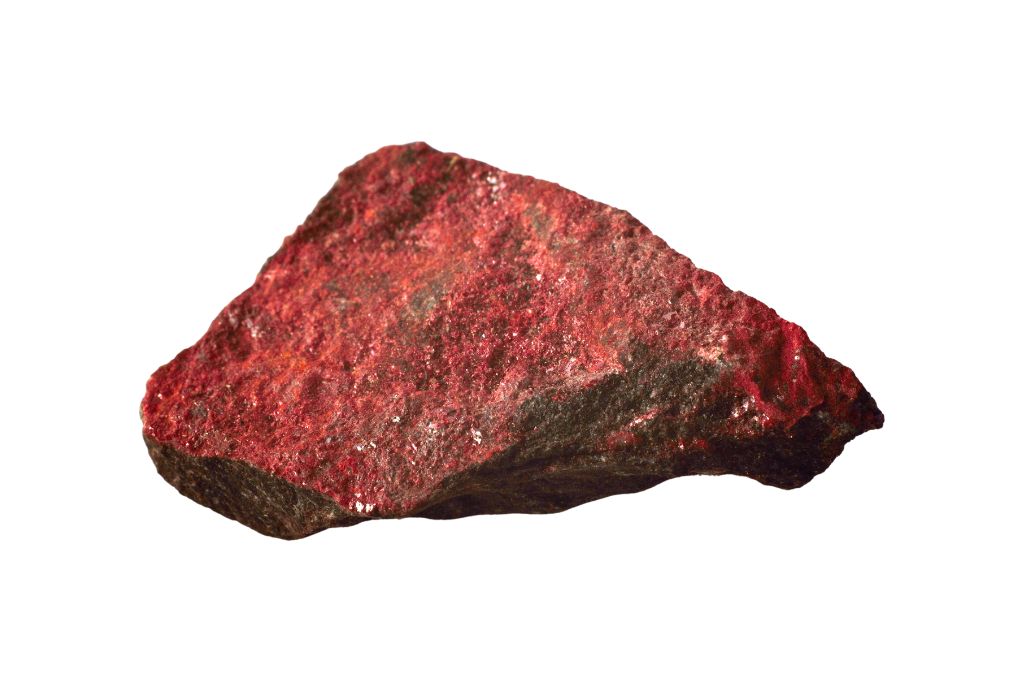
Frequently found in hydrothermal deposits, is a vivid red mineral consisting mainly of mercury sulfide. It usually forms in volcanic areas with sulfur and mercury present.
Cinnabar’s distinct coloration, along with its density of 8.1 g/cm³, allows for easy identification. Historically, it was utilized for pigment creation and in ancient Chinese medicinal practices.
Interesting pieces of information involve its vivid red hue and its utilization as a pigment for centuries, referred to as vermilion.
6. Cassiterite
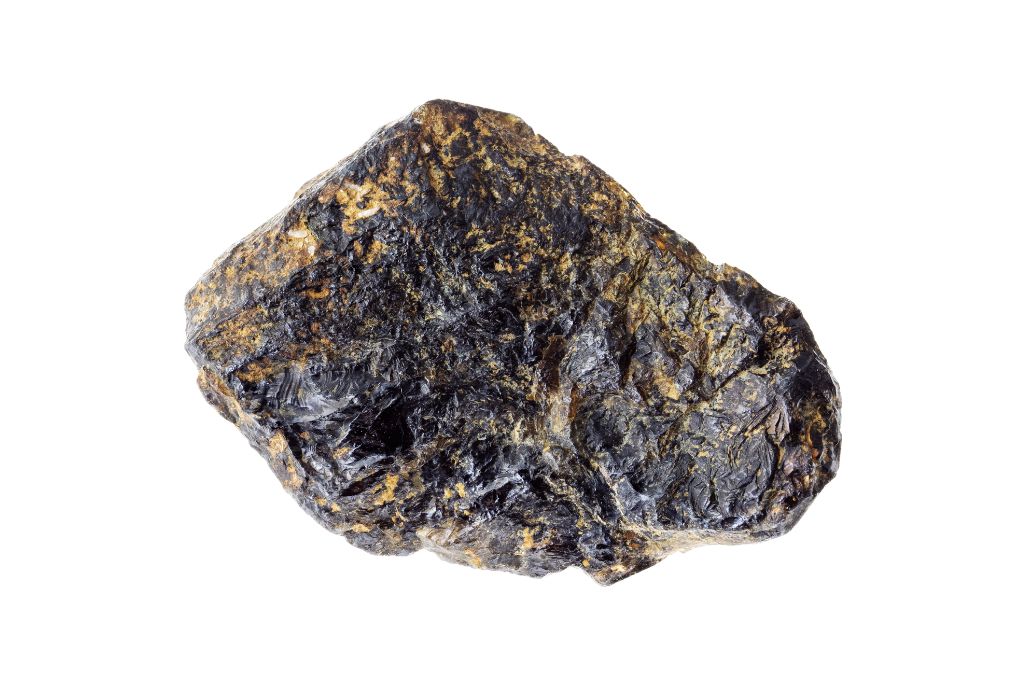
Cassiterite, a mineral composed of tin oxide, is essential for the production of tin. With a density of around 6.8 g/cm³, it is a valuable asset in the metal industry.
Unique formation processes involve the weathering of granite, leading to its concentration in alluvial deposits. Cassiterite often appears as brown or black crystals.
A fun fact is that cassiterite’s color can vary significantly, displaying a range of shades from transparent to opaque, often with striking patterns.
Notable Record Holders
Several crystals hold impressive records for their size and weight, showcasing nature’s wonders. The Giant Amethyst Geode in Cueva de los Tayos, Ecuador, is particularly notable, standing about 3.5 meters tall and weighing around 2.5 tons. Filled with stunning purple amethyst crystals up to 30 centimeters long, its beauty attracts visitors from around the world.
Another amazing place is the Cave of the Crystals in Mexico. Here, huge selenite crystals can grow up to 12 meters long and weigh several tons. These crystals formed in a hot cave called the Naica Mine over many years. The special conditions in the cave created these giant crystals, and they fascinate scientists and explorers alike.
Recently, discoveries have kept exciting crystal fans. The Natural History Museum in London has an exhibit called “Weighing of the World,” where visitors can see a stunning blue topaz that weighs nearly 2,500 carats. Its bright color and clarity make it very special. This exhibit helps people learn more about crystals and why they should be cared for.
The American Museum of Natural History displays the famous “Star of India,” a beautiful blue star sapphire that weighs 563 carats. This gem comes from Sri Lanka and is admired for its size and interesting history. It is shown in a special area of the museum, which highlights how important crystals are to our culture.
These record-holding crystals show how amazing our planet can be. Their unique features and stories make them exciting to see in museums and exhibitions around the world. Whether they are old or newly discovered, these incredible crystals continue to inspire curiosity and wonder in everyone who sees them.
Mining and Extraction of Massive Crystals
Extracting big crystals is quite difficult. A major issue is the fragility of numerous crystals, making them susceptible to breaking easily. Many times, these sizable crystals are located deep underground, requiring extensive digging to uncover them. The mining locations present hazards like collapses, extreme temperatures, and poisonous minerals. Due to these obstacles, thorough planning is crucial for a prosperous mining venture.
Specialized gear and techniques are utilized to safely remove large crystals. Big machines like excavators and bulldozers help with clearing a substantial amount of soil and rock. Once the crystals are found, they are removed with tools like diamond wire saws or water jets. These instruments reduce vibration and decrease the risk of crystal breakage. Employees can also utilize manual tools to gently extract the crystals from the rock. A team with expertise is necessary to ensure safety in all tasks.
Preservation techniques are important for keeping heavy crystals safe during transport. After extraction, workers wrap the crystals in soft materials like foam and place them in strong wooden crates. When moving large crystals, vehicles with shock-absorbing features help reduce bumps on the road. Cranes or forklifts are used to lift and move the crystals safely, making sure they arrive in good condition.
Role of Heaviest Crystals in Science and Industry
Large crystals play a crucial role in understanding geological history. Scientists study these specimens to learn about the conditions in which they formed, such as temperature and pressure, providing insights into Earth’s past events like volcanic eruptions and climate changes.
In technology, heavy crystals like quartz are essential for electronics, as they generate precise electrical signals. They also have applications in healing practices, where crystals like amethyst are believed to offer calming effects. Additionally, large crystals serve as stunning decor items, enhancing the aesthetic appeal of homes.
Industries like jewelry and sculpture place a high importance on these crystals due to their scarcity and attractiveness. Large gemstones are frequently mixed with platinum and other valuable metals to make extravagant jewelry, while artists use dense crystals to create striking artwork that highlights their distinct qualities.
Myths, Legends, and Cultural Significance of Large Crystals
Large crystals have inspired many stories and legends throughout history. Ancient cultures believed these stones had special powers connected to the Earth’s energy. For example, the ancient Egyptians used lapis lazuli and quartz as sacred stones, thinking they provided protection and good luck. Native American tribes also viewed crystals as connections to the spirit world, using them in spiritual practices and healing rituals.
In different cultures, large crystals often symbolize protection, wealth, and spiritual energy. Many people think that carrying or displaying a crystal can attract good luck and keep negative energy away. Jade is highly valued in Chinese culture for representing prosperity and virtue, often crafted into beautiful jewelry. Amethyst is known for promoting spiritual growth and calmness.
Some myths connect famous heavy crystals to interesting stories. Massive quartz is called the “Master Healer” because people believe it can boost energy and help with healing. In some traditions, a large piece of jade known as the “Stone of Heaven” is said to bring eternal life and good fortune to its owner. These legends show the strong connection people have with large crystals and highlight their importance in history and culture around the world.
Conclusion
The world’s heaviest crystals are fascinating to both collectors and enthusiasts because of their size and beauty. These impressive specimens, like the Giant Amethyst Geode and the huge selenite crystals in the Cave of the Crystals, not only look amazing but also tell stories about our planet’s history.
These crystals are important in science, history, and culture. Scientists study them to learn how minerals form, while historians look at their significance in ancient times. Today, they are appreciated for their beauty and cultural value, often seen in art and jewelry.
The mystery and wonder of these massive crystals spark curiosity and excitement. Each crystal connects the natural world to human interest, reminding us of the Earth’s history and the amazing processes that create such beauty. They continue to inspire awe in everyone who sees them.


